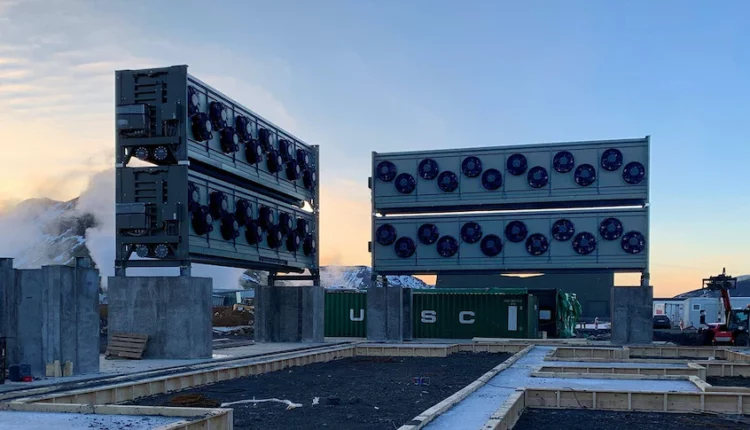©2021 Reporters Post24. All Rights Reserved.
On a barren lava plateau in Iceland stands an entirely new kind of industrial facility that sucks carbon dioxide from the air and traps it in stone.
The world’s first commercial direct air capture (DAC) plant is designed to remove thousands of tones of greenhouse gas every year and then inject it deep underground.
Technology like this has been mooted for years but faced huge engineering challenges and, until recently, was dismissed as a costly fantasy.
Now the first plants are coming online, with the Intergovernmental Panel on Climate Change (IPCC) recognising that, even if the world reduces its ongoing emissions as quickly as possible, there will still be too much CO2 in the atmosphere to avoid catastrophic levels of global warming.
In short, the IPCC says, the world needs to both reduce future emissions and remove historical ones to reach a safe climate.
Experts say DAC could become a trillion-dollar global industry — if it can be deployed at scale.
So how does DAC work, what’s the future of the carbon removal industry, and is this an opportunity for renewables-rich Australia?
Why not just plant more trees?
When Deanna D’Alessandro, a professor of chemistry at the University of Sydney, encountered the idea of mechanical carbon removal, she wondered if there wasn’t a simpler solution.
A tree, of course, is a pre-existing and relatively cheap technology that sequesters CO2 in wood and other biomass.
When scaled up, it’s called a forest.
“My first thought was why not plant more trees,” Professor D’Alessandro said.
“And then I did the numbers and stood in awe of them.”
By her own calculations, using reforesting to capture Australia’s CO2 emissions for two years (about 1 billion tonnes), would require an area of land equivalent to the size of New South Wales.
DAC could do the same with 99.7 per cent less space, she said.



